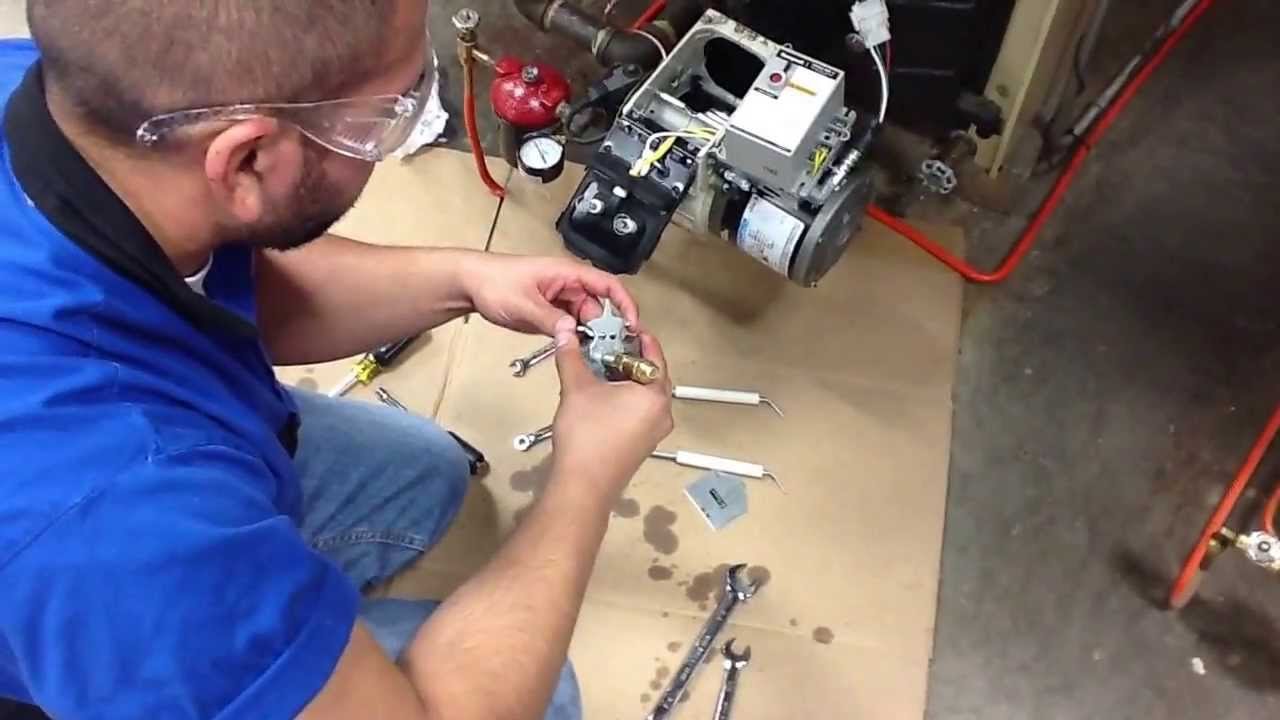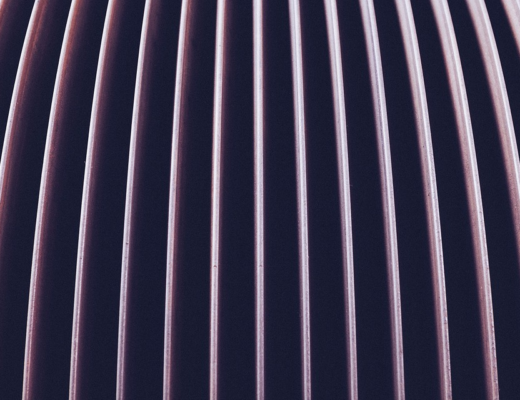A pressure drop happens when the pressure inside the pipework falls below ambient pressure. It can also occur when there is a pressure difference in two sections of the same pipework or system. It occurs in residential and manufacturing settings, and even though the causes in both situations might be different, the result is always the same. This article explores the reasons for such pressure drops so you know what to do if you observe this phenomenon.
Changes in Product Properties
The nature of the product being transported through a system determines its properties and how it behaves when subjected to different environments. In manufacturing plants, the fluid and product properties to be concerned about are density, viscosity, temperature, and heat capacity, all of which can affect pressure drop.
A product can change its viscosity drastically due to shear as it travels down pipework. Such fluids become thinner as they are pumped through pipework, causing pressure changes along the line the thinner they are. Some products do not change their viscosity, leading to a much higher pressure drop as they are pumped through.
Mechanical Failure
Piping systems often require a pump to transport material, unless they rely on gravity. Pressure can drop drastically if there is an issue with the pump or any other part of the system. There are many reasons these systems fail, including a lack of maintenance and cavitation.
Cavitation occurs when there is a pressure drop that leads to the formation of bubbles in a pump. These bubbles can pop, releasing energy that damages the impeller. Although such damage starts small, it can grow quickly and become so severe that the pump needs repairs or to be replaced. You should learn the signs that help with recognizing pump cavitation, such as unusual vibrations, sounds, and water drops, to catch small issues before they have catastrophic effects.
The pipework, valves, couplings, and adapters can also fail and cause significant pressure drops.
Loss of Energy Due to Mechanical Components
Every piping system should only have the components it requires to function properly. Each added component, whether it is tubing, an adapter, couplings, flow meters, or valves, can impede flow and take energy from the system instead of adding to it.
This issue can also occur if:
- The pipe’s cross-section is too small.
- The interior surface is too rough.
- The pipe is too long.
- There are too many bends in the system.
- The components are geometrically complex.
Physics can explain all of these causes of pressure drop. For example, a longer pipe means more surface area for the material to interact with, leading to increased friction. Bends that cause the fluid to change direction quickly can impede flow, causing pressure drops.
Leaks
Leaks are more common in residential settings than in manufacturing plants because the latter undergo more checks and are maintained more often. A leak causes fluid to drain out of the system instead of being pumped to its destination. Such a leak can cause a reduction in the amount of water in the system, leading to a pressure drop.
You might notice a sudden pressure drop in your home or property on one or two fixtures, meaning they are downstream from where the leak is. In such a case, it is best to call a reputable plumber to check everything out for you and fix the leak.
Changes in Elevation
Pressure drops can also occur due to the elevation of the piping system. You will notice a pressure drop if the elevation on the pumping side is lower than on the other end. This change in pressure depends on what is known as the fluid head, which is equal to the difference in elevation.
Engineers can calculate potential and actual pressure changes depending on elevations when designing piping systems to ensure a pressure gain at the end rather than a drop. They consider other factors when doing these calculations, including the friction within the system, the pump pressure, and fittings loss.
Pressure drops can be caused by several phenomena and can have significant effects on a piping system. They can occur due to mechanical issues, elevation challenges, leaks, and material property. They can cause loss of product or fluid and damage mechanical components such as pumps due to cavitation when they occur.




